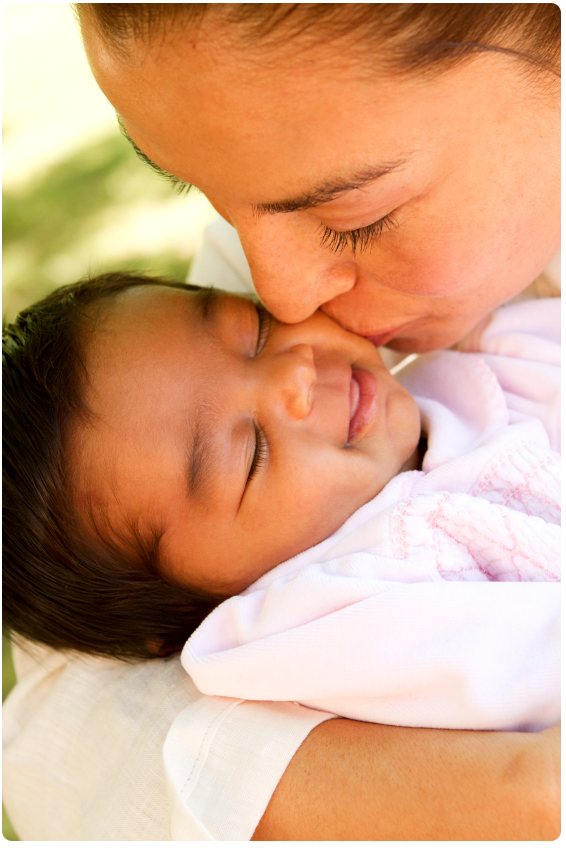Children benefit greatly from open-ended time where they are in their parents' view but have some independence in solving problems and determining how the play proceeds.

Reading Your Baby’s Cues
Many parents find that after the initial six-week adjustment period they have a good understanding of what various cues mean and how to respond to them.
Your baby communicates with you constantly through her movements, facial expressions, cries, and coos. She is telling you what she needs and how she feels. It can be challenging in the first few months of your baby’s life to understand these cues, but you will begin to recognize her cues over time. Many parents find that after the initial six-week adjustment period they have a good understanding of what various cues mean and how to respond to them.

Through his cues, your baby will tell you when he is hungry, tired, wet, and when he wants to play with you. You may be amazed at how quickly you will learn to distinguish his different cries and coos. While there are some common explanations for different baby cues, the best way to understand your baby is through spending time with him. By staying calm and trying different ways to meet your baby’s needs, you will begin to notice a pattern in common behaviors and cues. As you learn these cues and how to respond, your baby will learn to trust that you will take care of him.
During this period, you may wonder if always responding to your baby’s cries and cues will spoil her -- it won’t! Infants cry because they have needs that must be met. By responding to them, you are teaching your baby that she has your love and support. You can feel confident that when you listen to your baby’s cues and respond, you are doing the best thing possible for her.
other articles and videos we love
Activities Guide: Enhancing and Practicing Executive Function Skills with Children and Adolescents
This guide contains a variety of age-appropriate activities that can help support and strengthen your child's learning and development skills.
Take a closer look at the brain of a developing child to understand how and why children learn and grow the way they do.






